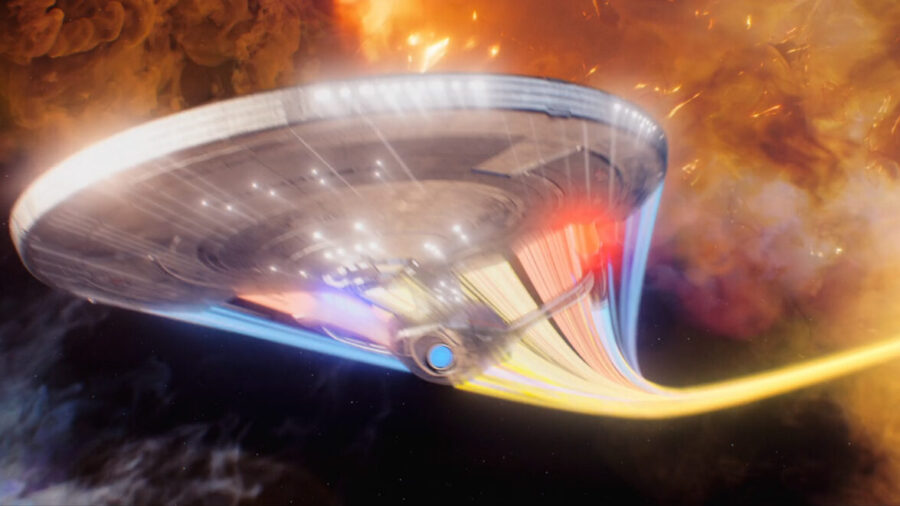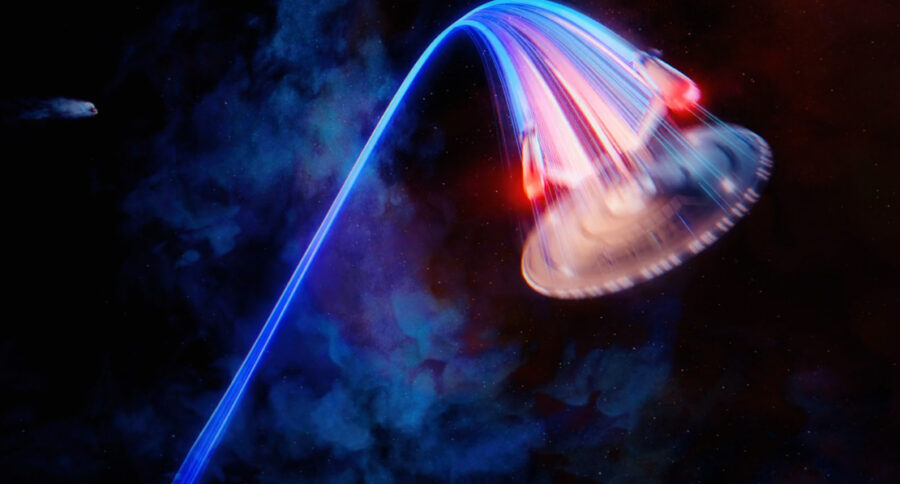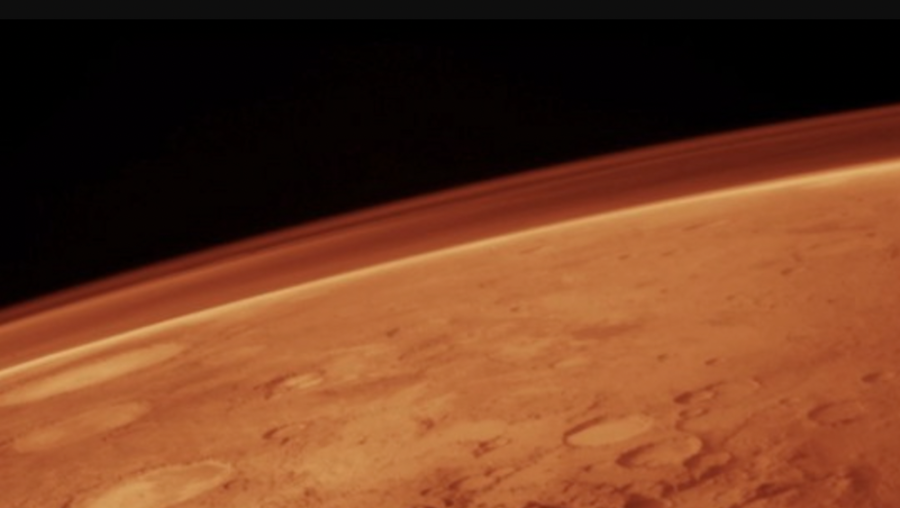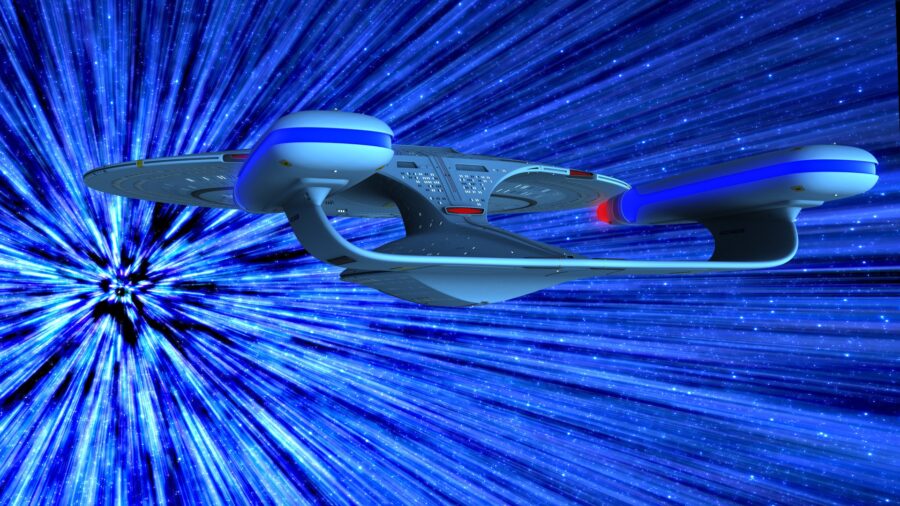Star Trek Warp Drive One Step Closer To Reality

It seems as if every day, scientists get closer and closer to uncovering the technology responsible for bringing science fiction concepts closer to reality. Now, according to a report in Popular Mechanics, developments are underway to launch a functional warp drive, like those seen across installments in the Star Trek franchise. Before long, human peoples from across spacetime may be able to boldly go where no man has gone before.
The Key To Space Exploration

Advancements in space travel have yielded spectacular results in the last six decades, taking human beings into space, onto the surface of the moon, and over 248,655 miles from the surface of the planet Earth. As it currently stands, however, no man has ever stepped foot on another planet, as doing so would require such extended travel time that rationing for food and fuel would be all but impossible. Of course, with the support of a warp drive that bends a vessel’s ability to travel faster than light itself, interstellar space travel may soon become possible.
A Well-Funded Mission

An online toolkit crafted by a team of international scientists under the banner Applied Physics seems to be the key to unlocking warp drive capability. The team are being backed by half a million dollars in grants, which seems to imply that they’re on the right track to find major success. Scientists had previously considered the possibility of crafting a warp drive using theoretical physics which relies on superluminal matter, though this project is the first well-funded mission to apply these concepts in a physical drive.
Experimental Breakthroughs

The inspiration for Applied Physics to work on a Star Trek-like warp drive comes from a number of papers reported in recent years, which suggest that faster-than-light travel can be achieved under theoretical circumstances. These papers argue that a ship’s functional warp drive could fold itself around spacetime like that of a bubble, which would allow the vessel to travel from one point to another at instantaneous speeds. CEO of Applied Physics Gianni Martire has even explained in a statement to the press that the team is experimenting with different designs in a virtual wind tunnel, which allows them to test a wide array of drive designs and possibilities.
Yet To Reach Our Next Door Neighbor

Even without the existence of a warp drive, many humans are drafting plans to put boots on the ground on our neighboring planet of Mars. Unfortunately, most estimates seem to suggest we have the resources to send humans on a one-way trip to the big red planet, but not enough to bring them back. If scientists can access water on the celestial body of Mars, they may be able to synthesize fuel for a return trip, though there are still too many variables to launch such a mission today.
Technology Is Generations Away

A warp drive would completely trivialize travel to Mars, however, as it would reduce the travel time from our atmosphere to the distant planet from nine months to just a few hours or even seconds. As technology continues to increase rapidly, it’s truly inspiring to think of what we’re capable of using only human ingenuity and some good old-fashioned research. Just one or two generations from now, traveling to distant planets may be as simple as commuting to work.
Source: Popular Mechanics












